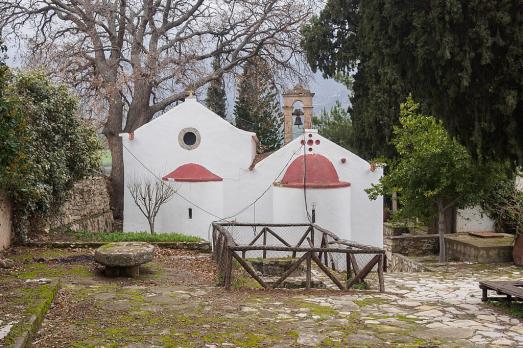
Chrysopigi monastery (Crete)
, GR
The monastery of Chrysopigi was already active in 1577, when it was first mentioned. It is located near the village of Pyrgou, 25 km southeast of Heraklion.
Here you can search for a building to visit. You can use the map find destinations, or you can use the filters to search for a building based upon what different criteria.

, GR
The monastery of Chrysopigi was already active in 1577, when it was first mentioned. It is located near the village of Pyrgou, 25 km southeast of Heraklion.
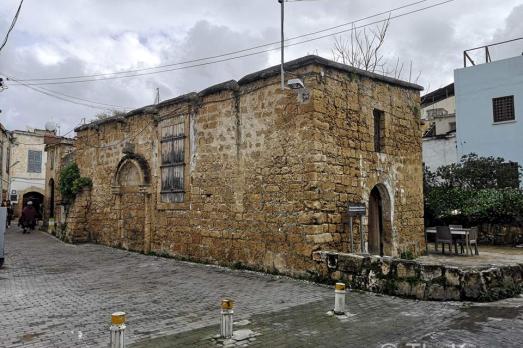
Kyrenia, CY
The Chrysopolitissa church is like the Archangelos Michael church also located close to the old port in southwestern direction. The church was built during the Ottoman era and was restored in 1783. Today the Chrysopolitissa church lies in ruins.
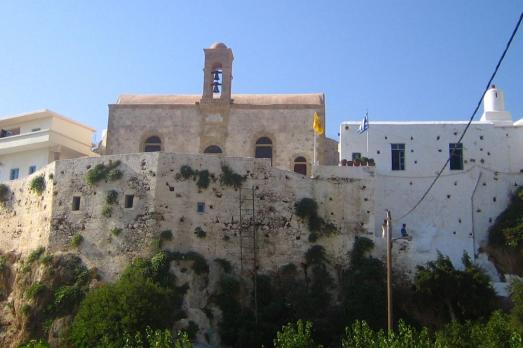
Moni Chrisoskalitissis, GR
The Chrysoskalitissa Convent was built in the 17th century. Rebuilt in 1894, only a monk and a nun live in the building and maintain it.
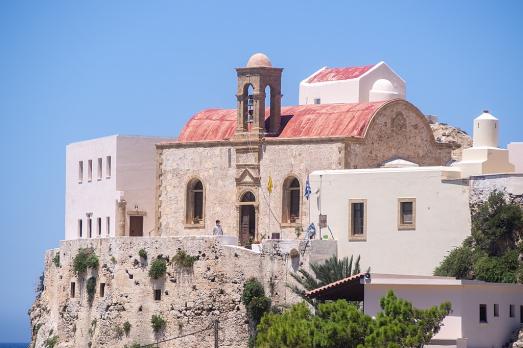
Moni Chrisoskalitissis, GR
Chrysoskalitissa Monastery was built on top of a cliff overlooking the sea during the Venetian rule in Crete (1205–1669).
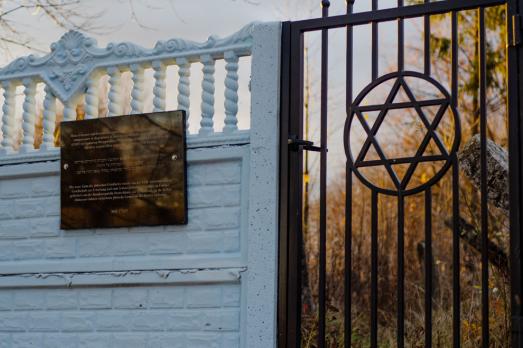
Chudey, UA
Presumably, the cemetery was established at the end of the 19th century. According to maps and epigraphic data, it already existed in the 1880s. The cemetery was operating after WWII, the latest preserved gravestone relates to the 1960s.
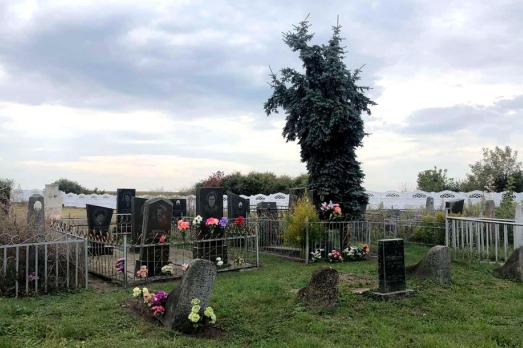
Chudniv, UA
The exact date of the establishment of the cemetery is unknown, however the oldest tombstone dates back to 1885. The cemetery has around 300 gravestones and is well-maintained.
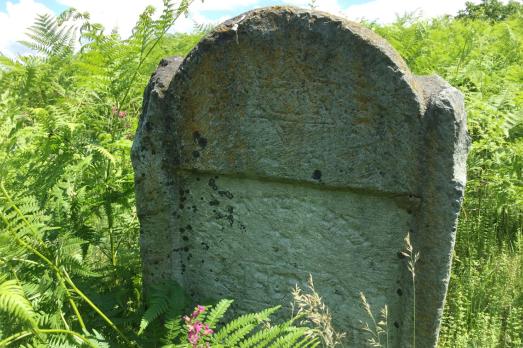
Chumal’ovo, UA
The exact period of the cemetery’s establishment is unknown, but it can be assumed that the cemetery emerged in the 19th century. The earliest preserved gravestone relates to the mid-19th century. First, it appears on cadastral maps of 1865. The site is unfenced.
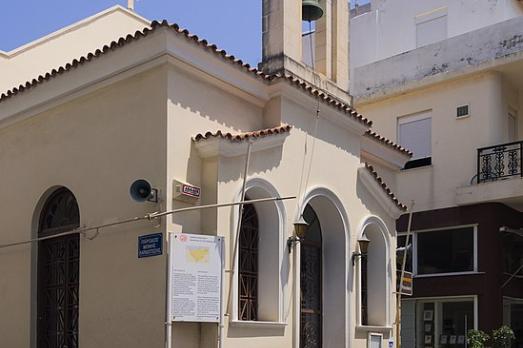
Heraklion, GR
The church of Agia Paraskevi in Heraklion was inaugurated in 1910.
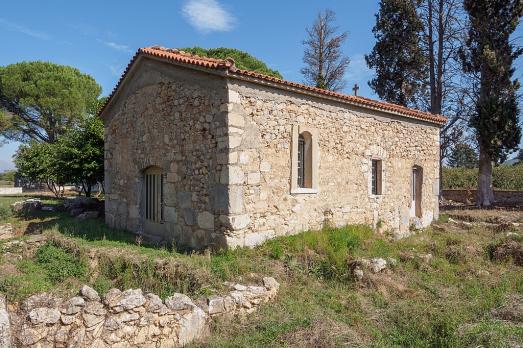
Alea, GR
.

Kato Kastania, GR
.

new
Nestled amidst the serene landscapes of the Harz region, lies a hidden gem for nature enthusiasts and history buffs alike - the Harz Monastery Hiking Trail. Lace up your hiking boots and embark on this captivating adventure that will transport you back in time.

The Holy Mile (Miglio Sacro) of Naples is a one-mile-long itinerary, through sacred places linked to the city's patron saint, San Gennaro, in the Rione Sanità district. Discover the city from a new perspective with this unique walking tour.

As a university city, cultural offerings abound in Tartu and will reach their peak after being designated one of three European Capitals of Culture for 2024. In this list, we've compiled the most interesting sacred places to visit in and around the old town.